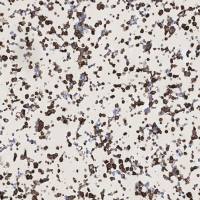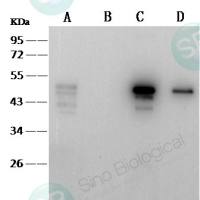Antibody-Based Therapies in Infectious Diseases
互联网
3233
Before antibiotics, sera from immune animals and humans were used to treat a variety of infectious diseases, often with successful results. In the beginning of the 20th century, serum therapy had taken a place in standard treatment protocols for several infectious diseases, such as meningitis, diphtheria, tetanus, and lobar pneumonia. As early as 1906, antimeningococcal serum was intravenously used as a treatment for meningitis, since it was proved to cross the blood-brain barrier. However, treatment with meningococcal antiserum was shown to be ineffective, because available antiserum was only effective against type A meningococcus, whereas type C was a more common cause of meningococcal meningitis (1 ). Several trials demonstrated that application of type-specific antipneumococcal serum reduced mortality in patients with lobar pneumonia by about 50%, from 30-40% to 10-20% (2 ). Several successes with immune serum were observed in treatment and prevention of other infectious diseases, which include Haemophilus influenzae meningitis, measles, diphtheria, hepatitis A and B, poliovirus infection, and cytomegalovirus (CMV) infection (1 ). However, numerous problems have been observed with immune sera, including lot-to-lot variations characterized with variable amounts of specific antibodies, occurrence of serum sickness as a complication, and some hazards in transmission of some infectious diseases (3 ,4 ).









